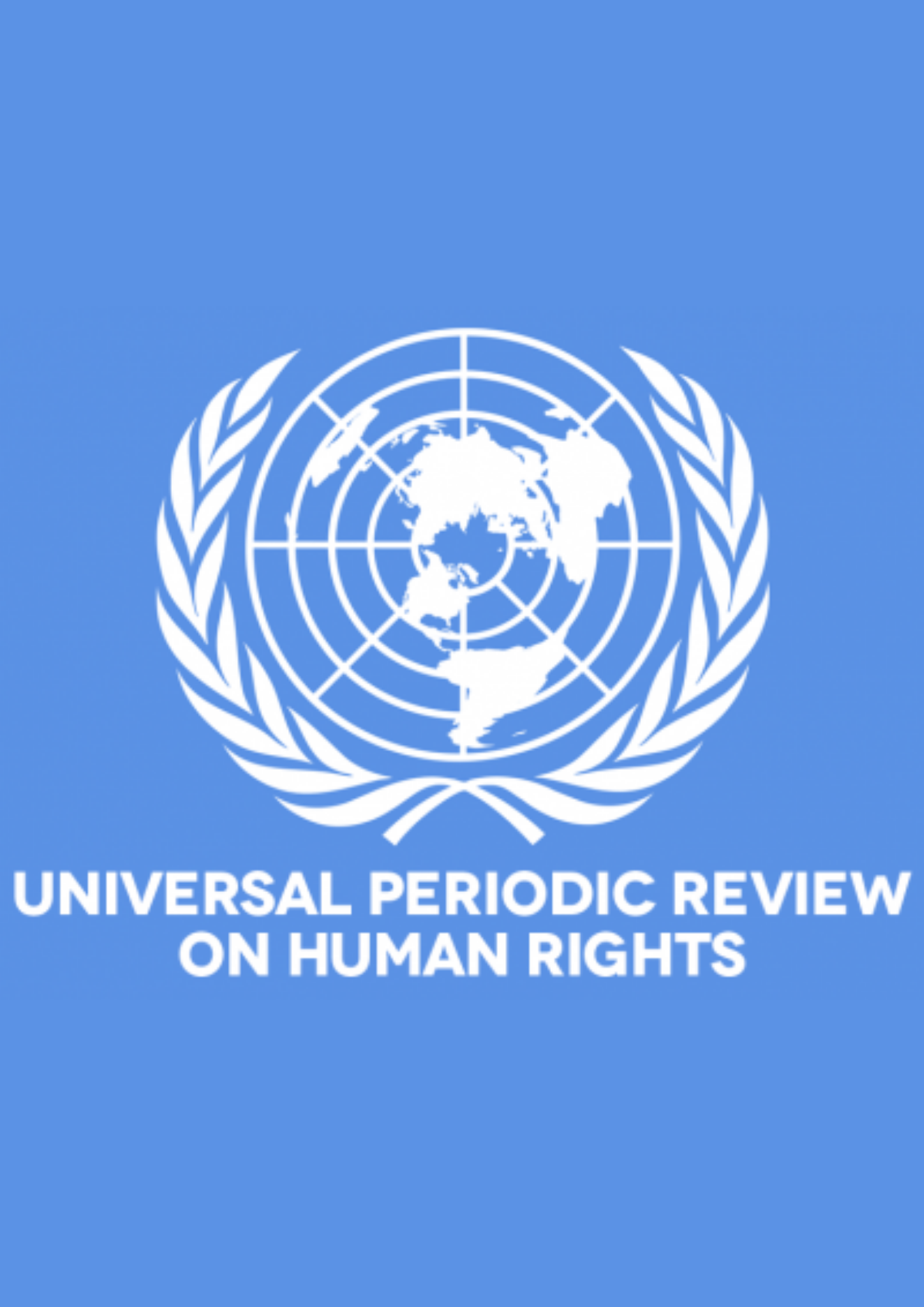Read the full UPR submission here.
India is witnessing a steep marginalization and curtailment of rights of its religious minorities through the incorporation of Hindutva nationalist policies in its functioning and by actively allowing discrimination and harassment of minorities by state institutions and non-state actors. State governments in India are increasingly adopting legislations and policies that discriminate and criminalise Indian Muslims while emboldening hate speakers and hate inciters. This stakeholder report emphasises the Indian government’s adverse use of legislation and the judicial insensitivity to the Muslim community which is potentially marginalizing the Muslim community in Indian society. India has failed to uphold constitutional rights as well as its obligations under international law to prevent discrimination against religious minorities.
There has been an increase in the prevalence of hate speech and religiously motivated hate crimes targeting the Muslim community in India. The State is also complicit in these increasing hate crimes. The Special Adviser on the Prevention of Genocide, Adama Dieng, expressed his concern over increased hate speech and discrimination against minority communities in India since the adoption of the Citizenship Amendment Act in December 2019. Dr. Gregory Stanton and other genocide discourse experts identified ‘signs and processes’ of an approaching genocide in India against the Muslim community. This report also brings attention to the regressive laws used by the Indian government to crack down on dissenting voices and the continuing restrictions on civil societies. Additionally, this report highlights the Indian government’s failure to adequately investigate and effectively prosecute perpetrators of human rights violations against members of minority groups.
This report is based on research from verified sources of information including media reports, government, international organizations, records from the DOTO database, fact-finding reports, and academic publications available in the public domain.
Read the full submission here.



